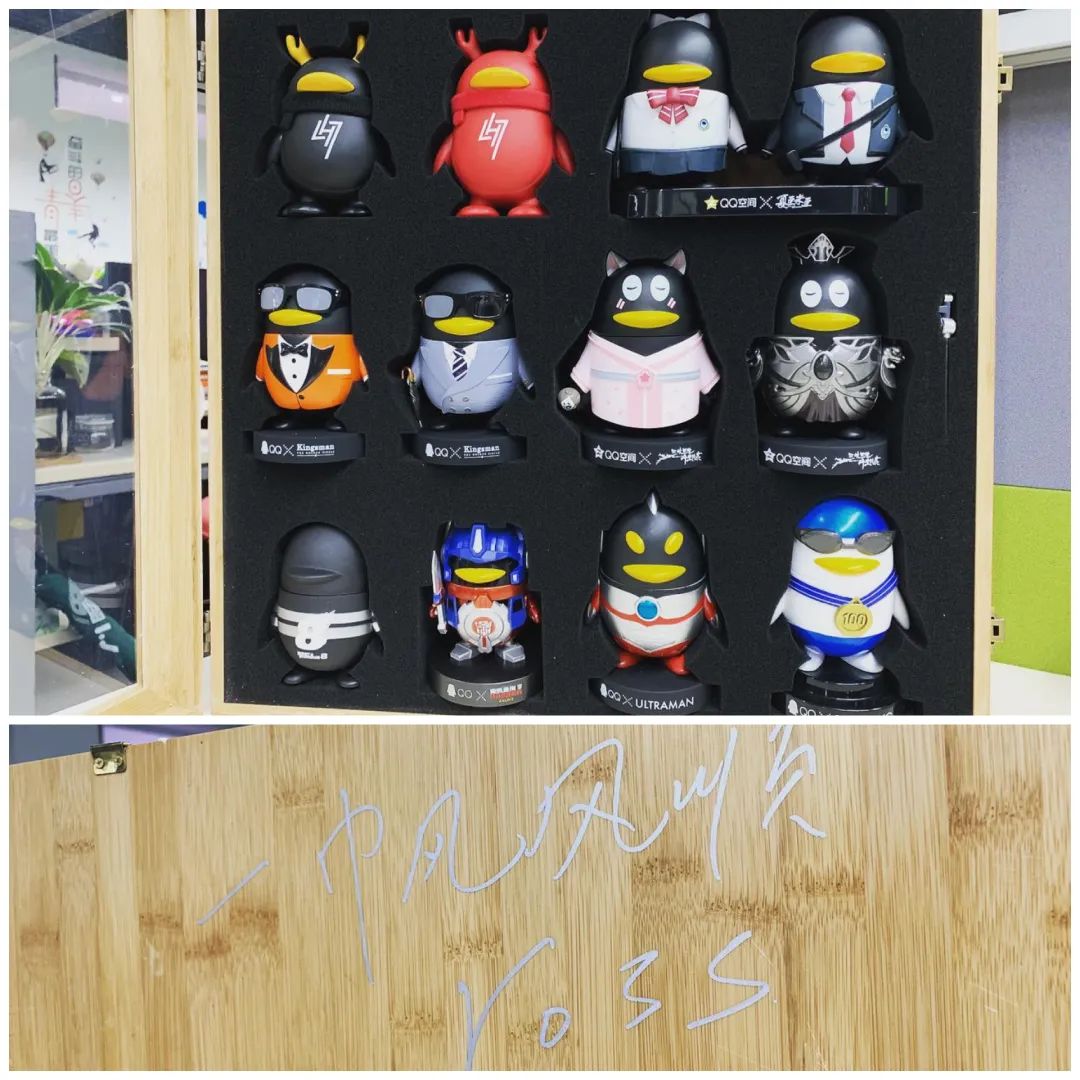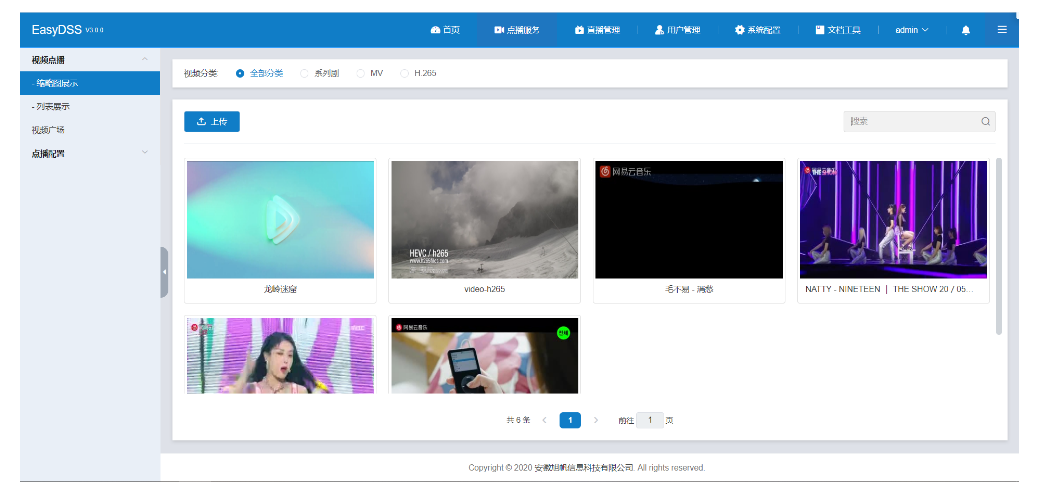Is there anything similar to .Net HatchStyles for filling shapes when using scene shape objects or drawing on JavaFx Canvas (in jdk, third party libraries, sample codes, etc)?
The only solution I currently can think of is using an ImagePattern created via Image screenshots of those .net hatchstyles!
GraphicsContext gc = canvas.getGraphicsContext2D();
ImagePattern pattern = new ImagePattern(new Image("dotnet-pattern.png");
gc.setFill(pattern);
graphical representation of .Net hatch styles:

One approach would be a slight modification of what you suggested: use an ImagePattern, but snapshot an appropriate node for the underlying image.
Without actually knowing what the HatchStyles look like, variations on the following might work:
import javafx.application.Application;
import javafx.scene.Scene;
import javafx.scene.canvas.Canvas;
import javafx.scene.canvas.GraphicsContext;
import javafx.scene.image.Image;
import javafx.scene.layout.Pane;
import javafx.scene.layout.StackPane;
import javafx.scene.paint.Color;
import javafx.scene.paint.ImagePattern;
import javafx.scene.shape.Line;
import javafx.scene.shape.StrokeLineCap;
import javafx.stage.Stage;
public class HatchStyleCanvas extends Application {
@Override
public void start(Stage primaryStage) {
Image hatch = createHatch();
ImagePattern pattern = new ImagePattern(hatch, 0, 0, 20, 20, false);
Canvas canvas = new Canvas(600, 600);
GraphicsContext gc = canvas.getGraphicsContext2D();
gc.setFill(pattern);
gc.fillRect(0, 0, 600, 600);
primaryStage.setScene(new Scene(new StackPane(canvas)));
primaryStage.show();
}
private Image createHatch() {
Pane pane = new Pane();
pane.setPrefSize(20, 20);
Line fw = new Line(-5, -5, 25, 25);
Line bw = new Line(-5, 25, 25, -5);
fw.setStroke(Color.ALICEBLUE);
bw.setStroke(Color.ALICEBLUE);
fw.setStrokeWidth(5);
bw.setStrokeWidth(5);
pane.getChildren().addAll(fw, bw);
new Scene(pane);
return pane.snapshot(null, null);
}
public static void main(String[] args) {
launch(args);
}
}
This results in







